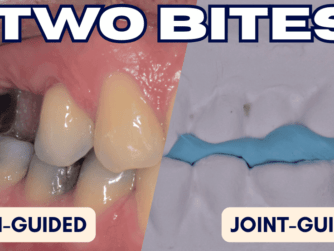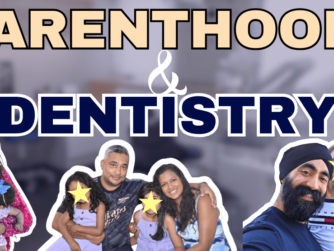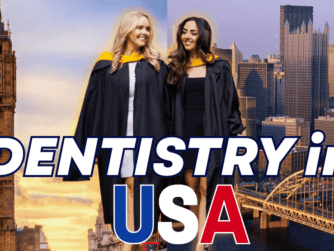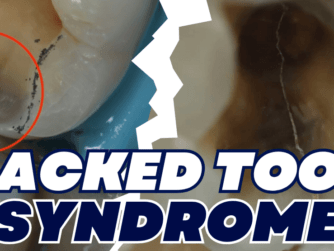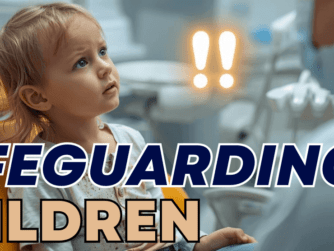Podcast: Play in new window | Download (Duration: 1:03:49 — 90.1MB)
Subscribe: RSS
Dental Acupuncture made tangible thanks to our guest Dr David Johnson. We cover the basics of trigger points relevant to Dentistry and Temporomandibular Joint Pain, as well as the two main applications of acupuncture in for Dentists.
Protrusive Dental Pearl: How I communicate an Oro-Antral Communication: I will pull up the radiograph and show it to the patient and warn them that the root of THEIR tooth is so close to the sinus. “If your roots live in your sinus then there is a chance that you will have a new party trick: when you drink water through your mouth, it could come out through your nose via the sinus”, and that creates a memorable warning/consent.
In this episode I asked Dr. David:
- What is a Trigger Point?
- What is the pathophysiology of a trigger point?
- What causes the trigger points to turn on?
- What are the uses of acupuncture in dentistry in terms of a gag reflex?
- What is the success rate of acupuncture?
- How does acupressure work?
- Implementation of acupuncture in general dental practice
Please do check out Dr David Johnson’s Course and Implement Acupuncture on your practice Monday morning. If you would like me to organise another course with Dr Johnson, DM me on Instagram @protrusivedental
If you loved this episode, please do check out Hypnotize Your Patients with 3 Quick Techniques with Dr Jane Lelean


